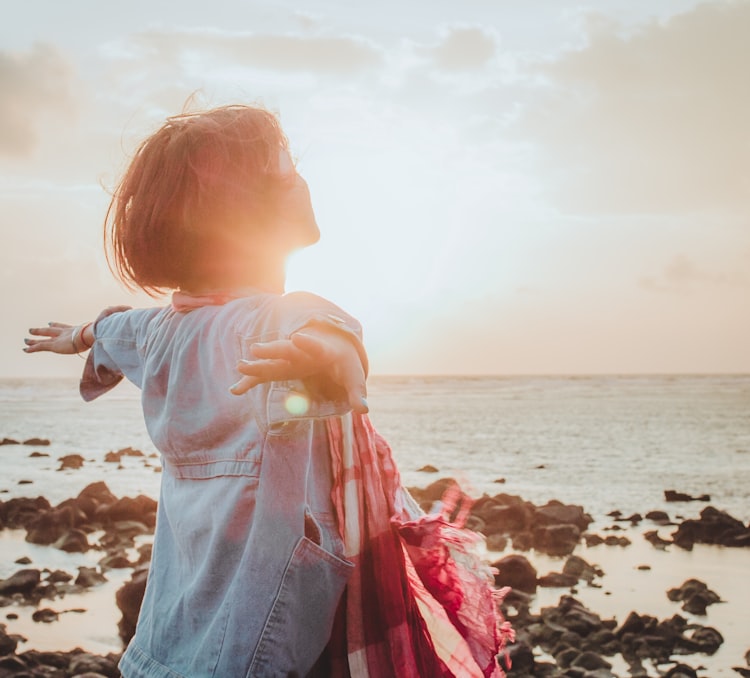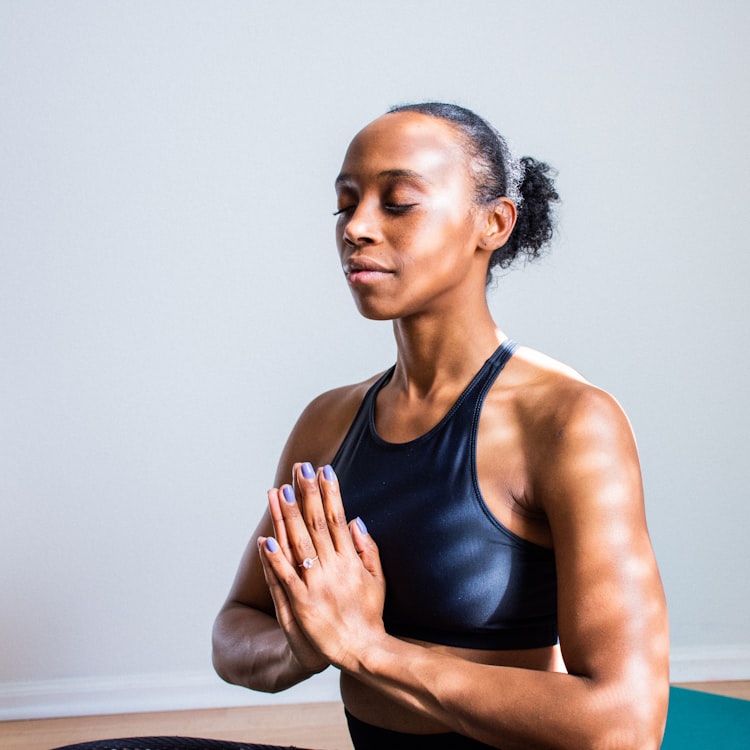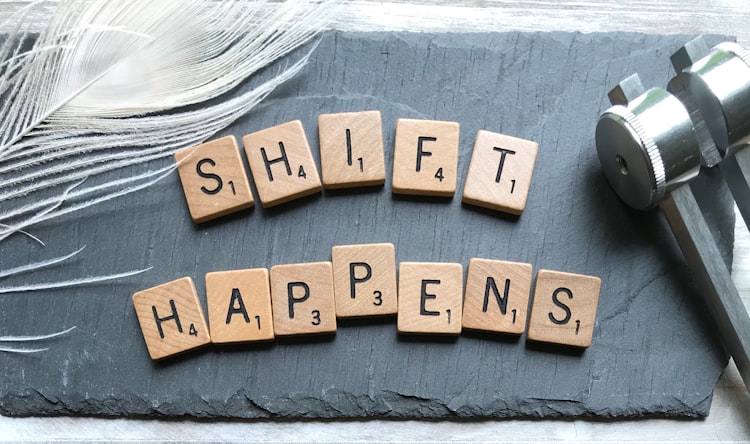Let's Talk Treatments, According to Ayurveda

The aims of Ayurveda can be boiled down into two simple goals. The first is the prevention of disease. The second is to cure those that do have disease. Ayurveda looks at the whole person including body, mind, and consciousness; not just the individual symptoms or grouping of symptoms. And when disease does occur there are many types of Ayurvedic management options and treatment plans to bring the person back to a state of balance. Today, I will introduce three of the treatments: tanmantra chikitsa, marma chikitsa, and rasayana chikitsa.
Tanmantra Chikitsa
Tanmantra chikitsa or subtle therapies considers our five senses. It is how we relate to the world through sound, touch, form, taste, and odor. Digestion is not only confined to our GI tract but also how we are digesting and assimilating in our day to day. What we listen to on the radio or how we speak has an impact on our body. What we touch, whether it is in the form or personal massage or the objects we reach for has an impact on our body. What colors we wear or surround ourselves with has an impact on our body. What we eat and the taste of that food has an impact on our body. What we smell, whether it is pleasant or unpleasant, has an impact on our body. I have already alluded to this, but to outline with a bit more clarity, there are six subtle therapies as outlined by Ayurveda that directly affect our sensory pathways and perception. These six subtle management therapies are:
Shabdha/ Sound: This includes things like speech therapy, counseling, music therapy, mantra. These practices could be used where there is a problem with speech. Aggravation in speech would have different characteristics depending on the dosha:
- A vata aggravation in the speech might appear with fast, rapid speech, or poor coordination between thoughts.
- A pitta aggravation may appear with an aggressive or critical tone or words.
- A kapha aggravation could show through a tone or speech that is monotonous, depressing, and repetitive.
There are also healing sounds for the chakras and elements. I will outline more regarding the chakras in a table below.
Sparsha/ Touch: This includes practices of massage, marma therapy (which I will outline in more detail below), healing touch practices, mudra, various pastes and more.
Rupa/ Form, Color: This type of therapy uses light therapy, gems, crystals and yantras. The chakras have many associations which you can view in the table below:
Rasa/ Taste: As it relates to the food and beverages we ingest. If you are interested in learning more about taste specifically, I have written a whole post dedicated to the topic here.
Gandha/ Odor: Therapies that include the sense of smell all fall under this category. Things like aroma therapy, essential oils, and incense. In general vata dosha will respond well with lavender or frankincense. Pitta dosha will respond well with jasmine, rose and sandalwood. Kapha dosha will respond well with eucalyptus and rosemary.
Puja/ Spiritual rituals for self healing and dhyana/ meditation: Whether you have a religious practice or believe in God or not, I take this to include practices where an individual is serving others out of the kindness and goodness of their heart. A no-strings attached kind of devotion and offering. Additionally, meditation practices that use the five senses can have a profound impact on healing and peace. Mindfulness practices are becoming increasingly popular for good reason! Mediation videos are available on my YouTube channel.
Marma Chikitsa
Marma Chikitsa is an energy point therapy. There are many energetic points throughout the body. Ayurveda highlights 107 points. These vital energy points are infused with prana and through proper touch can stimulate and relax the point in question and the surrounding area. The points can be broken down into the following categories:
Viewing the marma points by location on the body
Viewing the marma points and their primary structural location
The marma points are connected to the majja dhatu or nervous system. Which means when pressure is applied to one of these points the nervous system is activated and prana begins to flow which ultimately leads to healing. If pressure is applied and there is pain it can be an indication of a weakness or problem area. As a diagnostic tool, the sensitivity can indicate an imbalance. The doshas again can be seen here. If there is pain with initial pressure and then it is gone, this can be indicative of a vata imbalance. If there is continual pain, this can be indicative of a pitta imbalance. If there is only pain with deeper pressure, this can be indicative of kapha imbalance.
Of the 107 points there are 8 that are sadyah pranahara marmani, life threatening points. They are located at the crown, anterior to the crown, posterior to the crown, third eye, right and left temple, heart, umbilicus and the anus. These points were used in battle to inflict ultimate injury. Because of the roots in battle, sometimes marma point therapy can be controversial. But, with proper skill and knowledge the stimulation of these points can balance the doshas, improve communication, balance the tissues, channels and organs of the body, balance prana, tejas and ojas, balance the internal fire, provide pain relief, calm the mind and emotions, maintain optimal sensory perception, and enhance awareness.
Rasayana Chikitsa
Rasayana Chikitsa is a rejuvenation therapy. I have dedicated a whole post to this type of therapy which can be found here. In short this type of therapy is used to increase longevity, slow the aging process, live in and maintain optimal health. There are four main categories which include:
- Ahara/ Healthy diet: eating appropriate foods for your individual body type
- Vihara/ Lifestyle modifications: adding in routines and self care practices
- Achara/ Behavioral medicines: through speaking, acting and living in a peaceful and calm manner
- Aushadha/ Herbal medicine
Understanding your individual constitution and the current imbalance is the first step to choosing a healing modality. Simple dosha quizzes can be found online and can provide a starting point. If this at all is peaking your interest, please feel free to reach out to me and we can schedule an Ayurvedic consultation.





